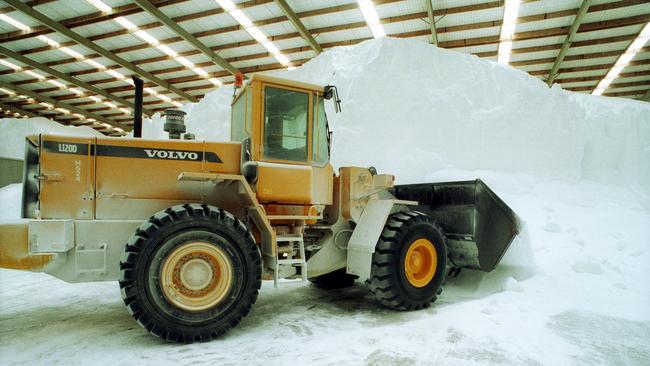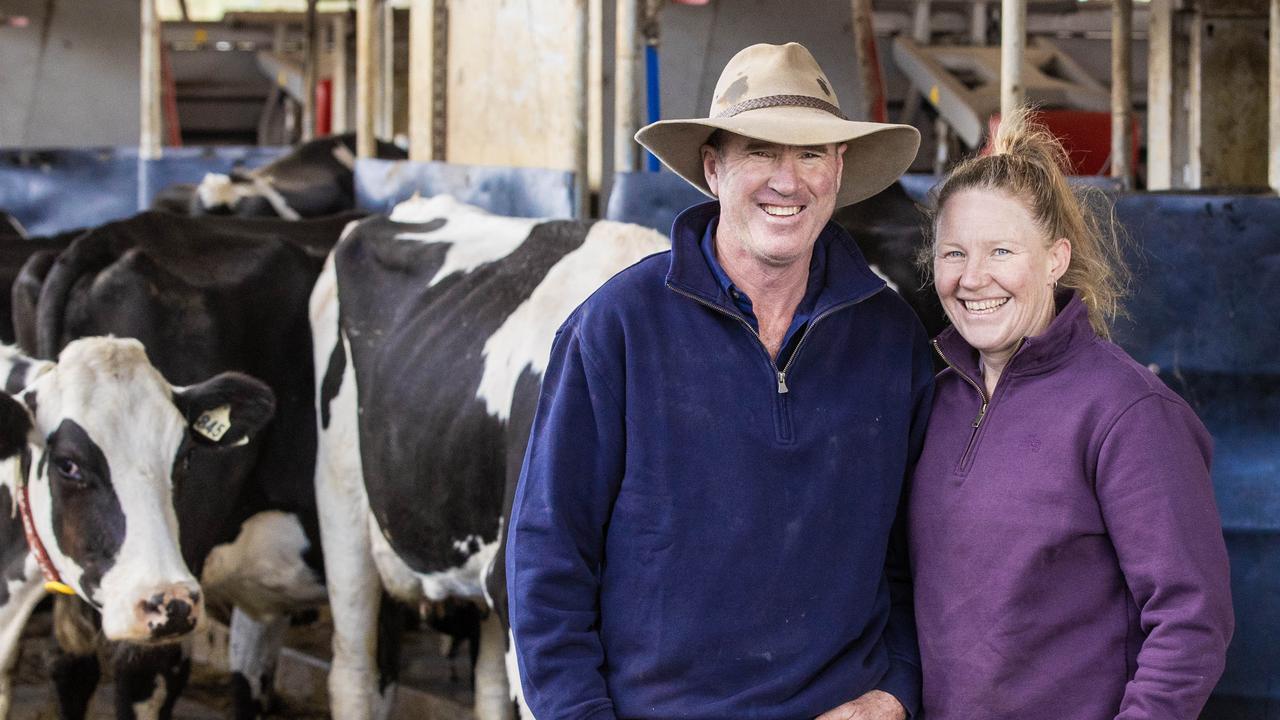Low world phosphate and urea fertiliser prices should favour Australian farmers
Global fertiliser prices at their lowest levels in 10 years should favour Australian farmer purchases for the new season.

AUSTRALIAN farmers are likely to face the cheapest fertiliser prices in about a decade, according to the latest Rabobank report.
In its biannual Global Fertiliser Outlook report, the bank said global phosphate prices were at their lowest levels in more than 10 years, largely driven down by lower demand in the US and India as a result of adverse weather.
But with additional supplies coming on to the market this year, prices for farmers were likely to be kept in check.
For global urea prices, the picture is different.
Rabobank said urea prices were not as low as 2016 and 2017 but were about $US100 a tonne cheaper than what they were in early 2014.
It said global urea prices were likely to rise in the first half of this year due to an improvement in US demand and ongoing Indian imports, but with solid Chinese exports, were likely to remain below last year’s average price.
For Australia, fertiliser prices were impacted by currency movements and ocean freight costs.
Rabobank agricultural analyst Wes Lefroy said Australia was heavily reliant on fertiliser imports, particularly for urea, ensuring local prices were dictated by global price movements.
The Australian dollar was sitting at about US69c this week, about two cents lower than the same period last year.
Rabobank expects the dollar to fall to about US65c by November, making fertilisers more expensive to Australia farmers.
But Mr Lefroy said Australia was less reliant on phosphate fertiliser imports than urea, with Incitec Pivot Limited running its Phosphate Hill plant in Queensland.
“Demand for phosphate is determined by the area planted to crop, whereas nitrogen application rates fluctuates according to how the season is playing out,” he said.
“And we saw this last season, with Fertiliser Australia reporting a 5.3 per cent drop in nitrogen sales, year on year.”
Mr Lefroy said it was “difficult to get a grip on where current phosphate fertiliser stock levels are at” but farmers were facing favourable price conditions.
He said urea imports were currently higher than in 2017 and 2018, helping to mitigate any local shortages this winter.
“We certainly don’t see any sharp increases in prices for the next 12 months for fertilisers,” he said.


